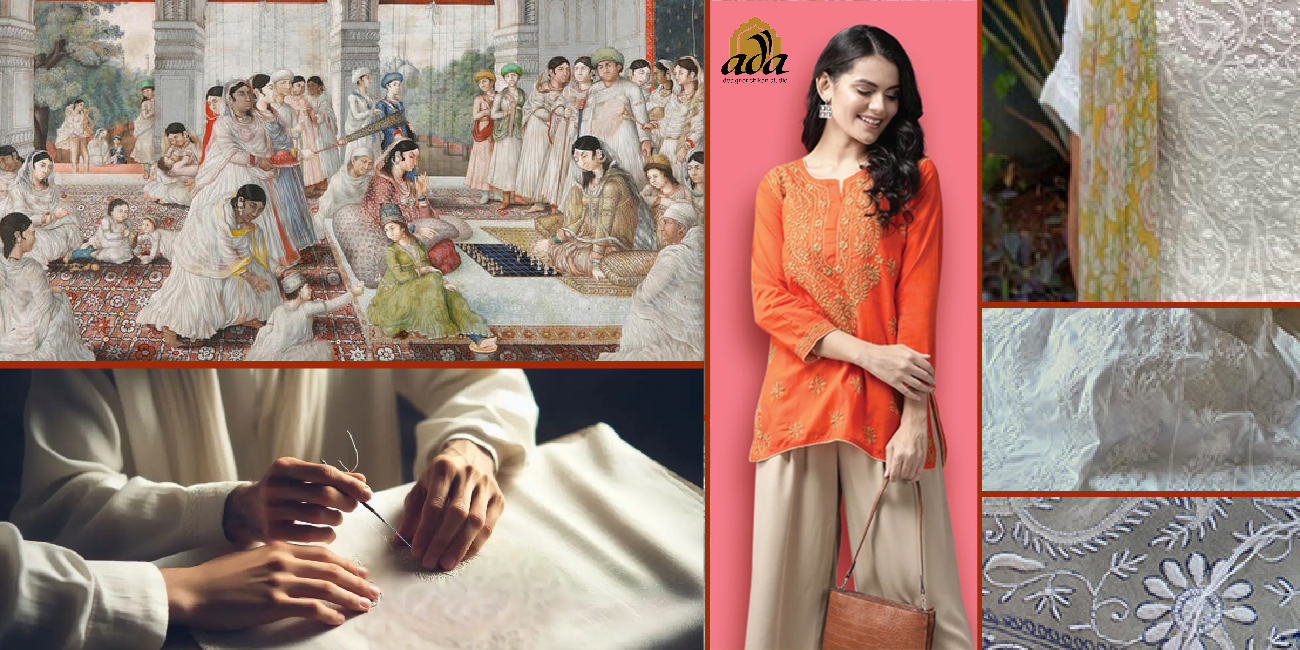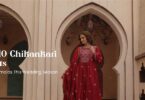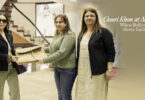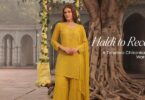Lucknowi Chikankari is more than just a traditional embroidery technique—it’s a symbol of India’s rich cultural legacy. This intricate hand embroidery style from Lucknow, Uttar Pradesh, is globally recognized for its grace, elegance, and delicate craftsmanship. Whether it’s a Chikankari kurti, saree, or dupatta, each piece tells a story of royal patronage and timeless beauty.
One brand that has played a pivotal role in keeping this legacy alive is ADA Designer Chikan Studio, one of the most renowned names for authentic and handcrafted Chikankari embroidery.
The Origin of Chikankari Embroidery
The word Chikan is derived from the Persian word “Chikeen” or “Chikan”, meaning embroidery. Chikankari embroidery is believed to have been introduced to India by Empress Noor Jahan, the wife of Mughal Emperor Jahangir, in the 16th century. Influenced by Persian and Mughal aesthetics, it found its home in Lucknow, where artisans developed over 32 types of stitches, many of which are still used today.
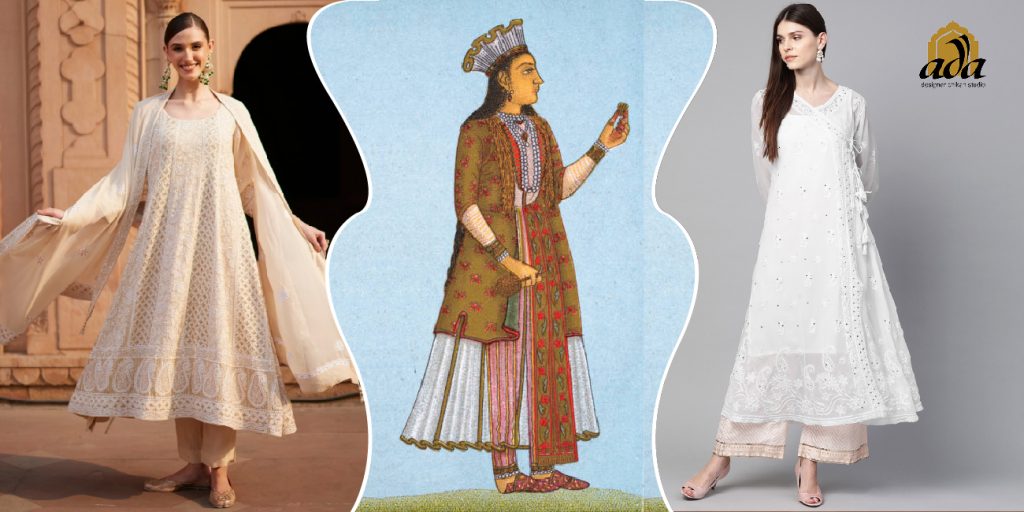
Evolution Through the Ages
Originally done on white muslin with white thread (known as white-on-white embroidery), Chikankari evolved over time. Today, it features on various fabrics like cotton, georgette, silk, chiffon, and more—making it ideal for modern wardrobes. The motifs, inspired by Mughal gardens, include floral patterns, paisleys, and creepers, maintaining the embroidery’s heritage charm.
Cultural and Social Significance
- Royal Patronage: Chikankari flourished under the Nawabs of Awadh, becoming a symbol of luxury and status.
- Women’s Craftsmanship: It has empowered generations of women artisans, especially in rural Lucknow, offering sustainable livelihoods.
- Global Recognition: From fashion runways to Bollywood, Chikankari suits, lehengas and kurtis are now loved across the world.
- Geographical Indication (GI): In 2008, Lucknowi Chikankari received the GI tag, protecting its authenticity and origin.
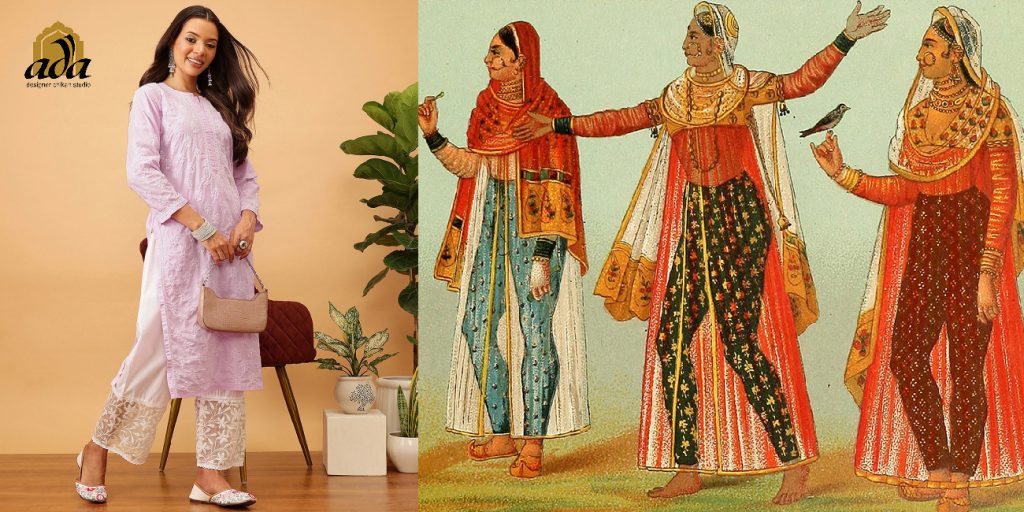
Why Chikankari is Still Relevant Today
- Perfect for All Seasons: Lightweight and breathable fabrics make it perfect for India’s climate.
- Versatile Fashion: Whether it’s a Chikankari kurti for daily wear or a Chikankari lehenga for weddings, it’s versatile and chic.
- Sustainable Fashion: Hand embroidery supports eco-conscious fashion by promoting slow and ethical production.
- Celebrity Favorite: Deepika Padukone, Alia Bhatt, Kajol, Ila Arun, and Sara Ali Khan are often spotted in elegant Chikankari outfits, also visited ADA Designer Chikan Studio.
Preserving the Art of Chikankari
To keep this centuries-old craft alive:
- Support local Chikankari artisans.
- Buy from authentic Chikankari brands that follow ethical practices.
- Promote handmade and sustainable fashion over fast fashion.
Lucknowi Chikankari is not just embroidery; it’s a heritage passed down through generations. As fashion evolves, this timeless art continues to adapt, preserving its identity while fitting seamlessly into the modern world. Whether you are wearing a simple Chikankari kurta or an elaborate bridal piece, you’re wearing a piece of history.
Step into the legacy of Chikankari with ADA. Discover more through the links below –
Chikankari Arrives in Delhi
10 Chikankari Kurtis for a Fresh Summer Look!
How to Identify Original Lucknowi Chikankari

